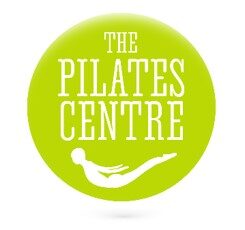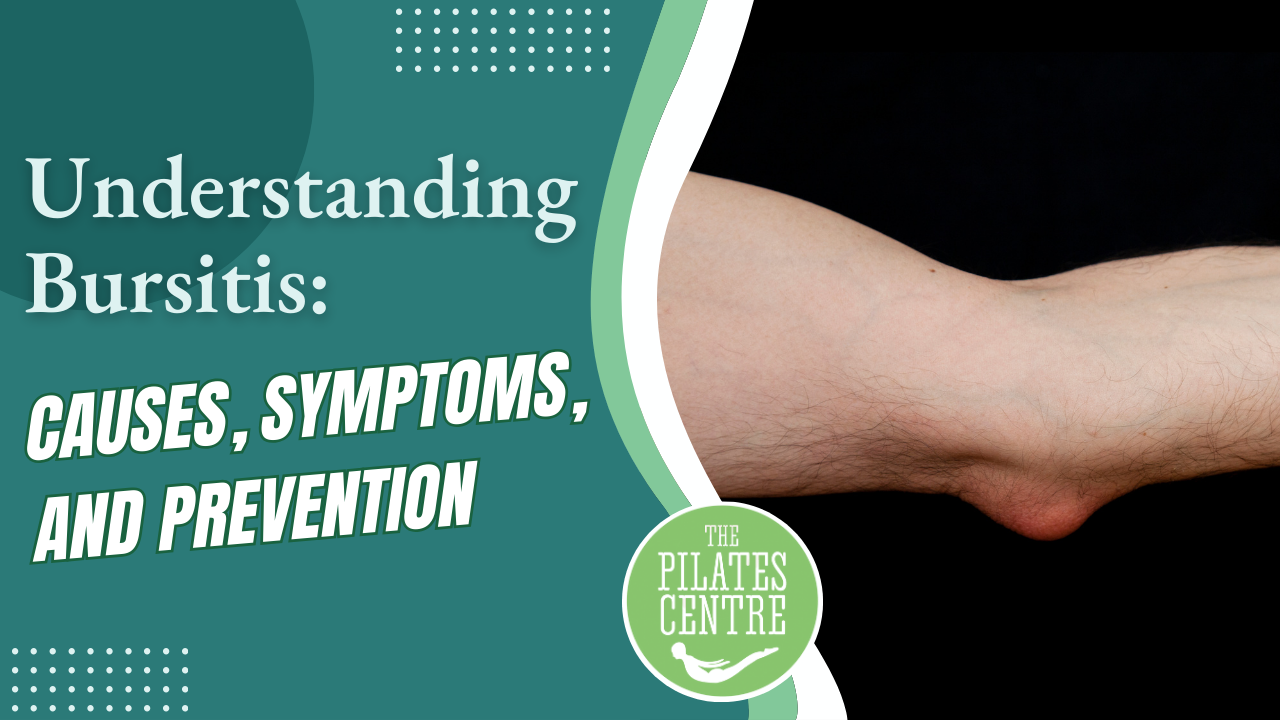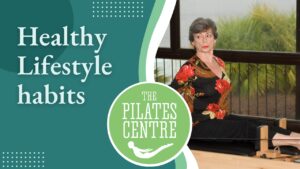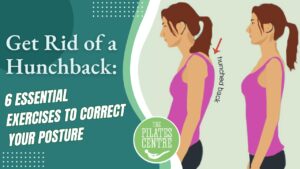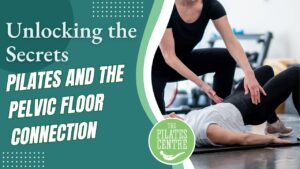Introduction
Joint pain and swelling can sometimes interfere with daily activities, and one possible cause could be bursitis. This condition, affecting one joint at a time, is characterized by inflammation in a bursa—a small, fluid-filled sac that helps reduce friction between bones and surrounding soft tissues. While it can manifest anywhere in the body, bursitis is most common in the knees, elbows, hips, and shoulders. Let’s explore what bursitis is, its causes, symptoms, and how to manage and prevent this uncomfortable condition.
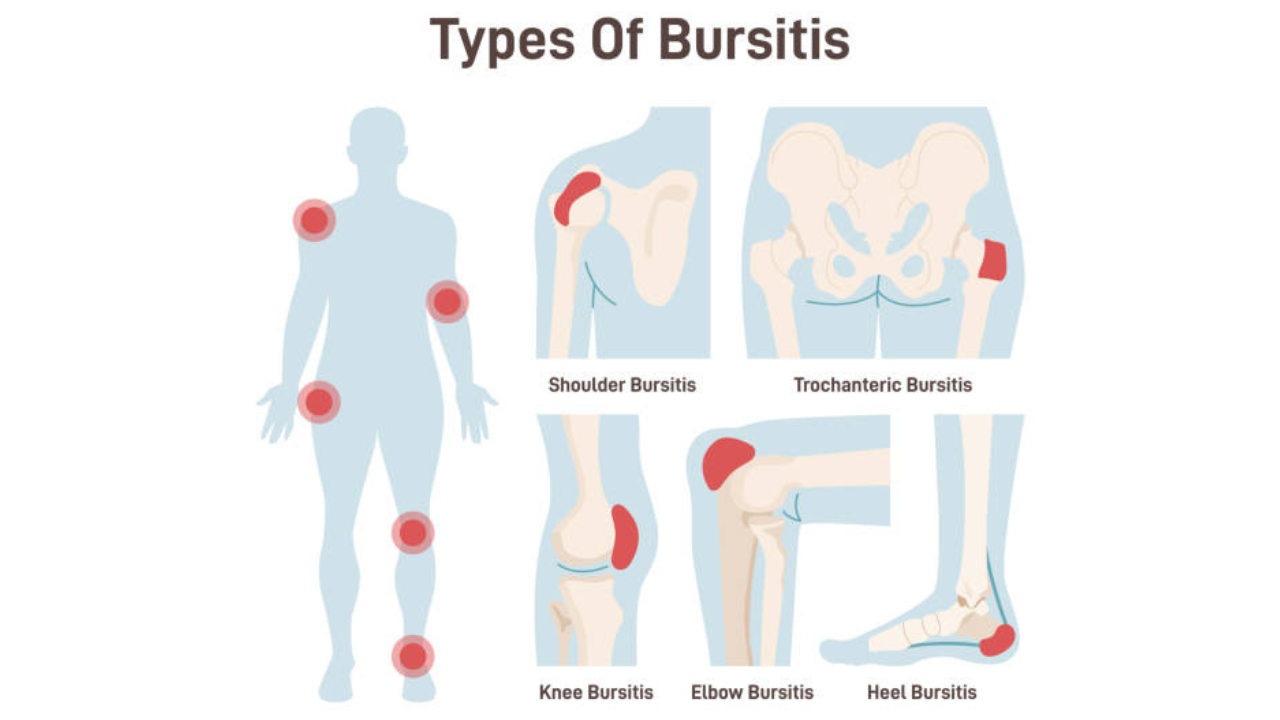
What Is Bursitis?
Bursitis occurs when a bursa becomes inflamed, leading to pain, tenderness, and sometimes swelling. These tiny sacs act as cushions between bones and soft tissues, but irritation or trauma can disrupt their normal function. Depending on its location, bursitis may earn colorful nicknames like “housemaid’s knee” or “student’s elbow.”
When inflamed, the bursa’s lining thickens and may produce excess synovial fluid, causing noticeable swelling. While bursitis can develop gradually, it may also be triggered by a specific injury or repetitive motion, such as prolonged leaning on elbows or excessive kneeling.
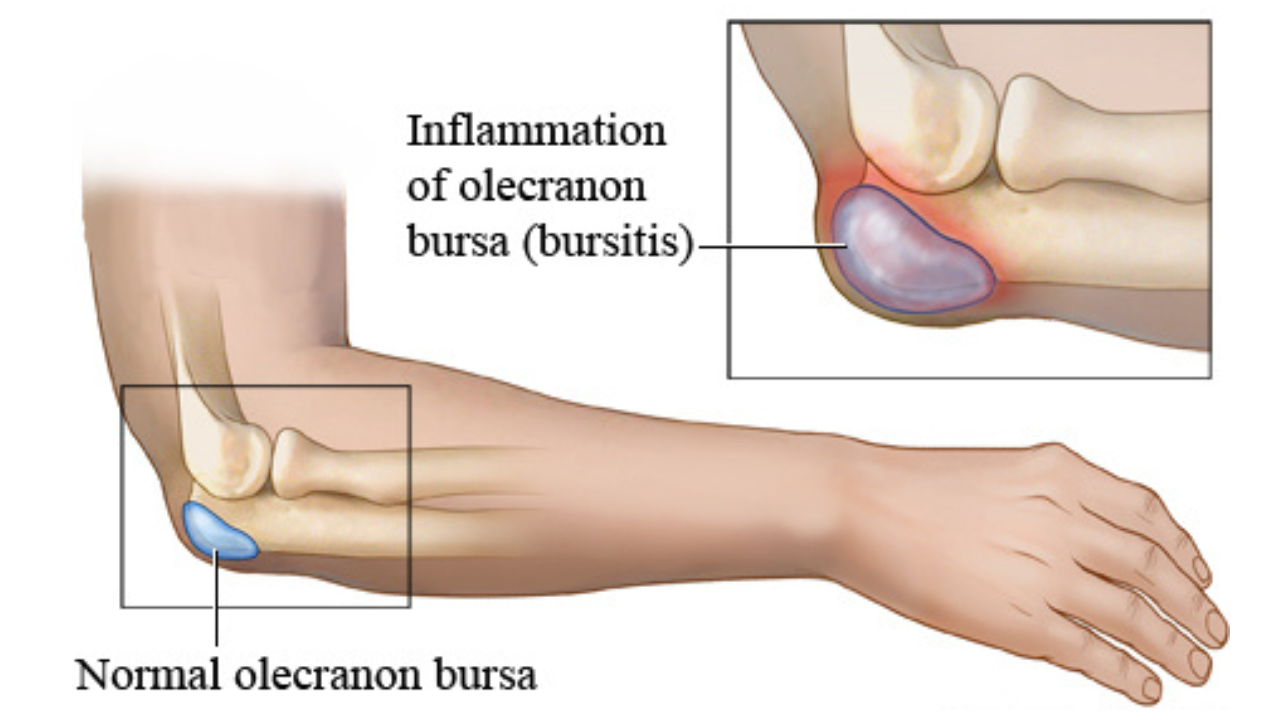
Common Causes and Symptoms
Several factors contribute to bursitis, including:
- Repetitive Pressure: Activities that place consistent pressure on a joint, like kneeling or leaning, can irritate the bursa.
- Excessive Friction: Tight muscles or tissues rubbing against the bursa, as seen in the hip or knee during movement, may lead to inflammation.
- Trauma: Direct impacts can cause the bursa to fill with blood, triggering irritation and swelling.
- Underlying Conditions: Conditions like rheumatoid arthritis or gout may increase the likelihood of bursitis.
Symptoms often develop gradually and include:
- Swelling at the site of the bursa
- Pain or tenderness, especially when pressing on the joint
- Joint stiffness, limiting movement
- Redness or warmth over the affected area
In severe cases, the bursa can become infected, leading to a condition called septic bursitis, which requires immediate medical attention. Signs of infection include fever, fatigue, and redness with skin rashes or bumps.
Diagnosis and Treatment
Doctors typically diagnose bursitis through a physical examination and medical history. Imaging tests like X-rays or MRIs may be recommended to rule out other conditions. In some cases, fluid from the bursa may be aspirated for diagnostic or treatment purposes.
Treatment often involves rest, ice application, and anti-inflammatory medications. In persistent cases, physical therapy may help improve joint mobility and reduce inflammation. For septic bursitis, antibiotics are essential to prevent further complications.
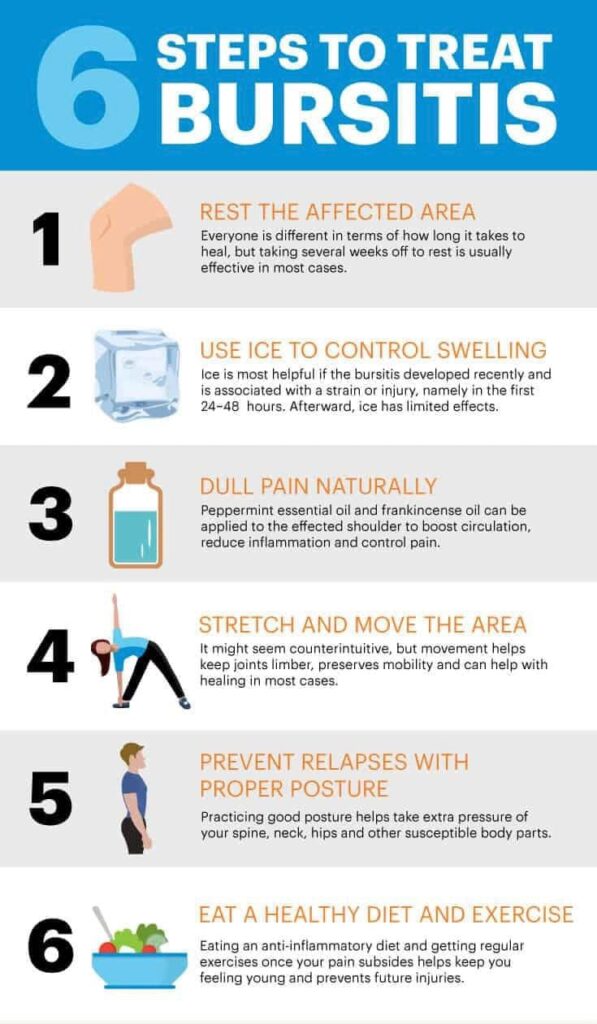
Prevention Strategies
While bursitis can be painful, there are ways to minimize the risk:
- Protect Joints: Use knee pads or elbow cushions during repetitive activities.
- Stretch Regularly: Maintain flexibility by stretching muscles around the joints.
- Strengthen Muscles: Build strength to provide better support for joints.
- Avoid Prolonged Pressure: Take breaks during activities that put pressure on specific joints.
- Wear Proper Footwear: Shoes that fit well and provide adequate support can reduce friction.
Conclusion
Bursitis, though often manageable, can significantly impact mobility and quality of life if left untreated. Understanding its causes and symptoms is the first step toward effective prevention and management. By adopting joint-friendly habits and seeking timely medical care when needed, you can keep your joints healthy and maintain an active lifestyle.
If you’re experiencing joint pain or would like to explore tailored Pilates sessions designed to improve joint health and mobility, contact us at Pilates Centre. Our team is here to guide you toward movement that supports your body’s needs and helps you stay active for years to come.
Contact Information
Email: info@pilatescentre.es
Phone: +34 610 30 60 05

John McCallum
is an esteemed, Fully Certified Comprehensive Classical Pilates Teacher and takes immense pride as the proprietor of the distinguished Pilates Centre located in Jalon, Spain. His remarkable journey in the realm of Pilates commenced back in 2006, a pivotal juncture when he confronted the diagnosis of three slipped discs in his lower back. Pilates emerged as a beacon of profound hope and rejuvenation in his life. Instead of succumbing to the prospect of surgical intervention, Pilates gracefully assumed the role of his lifeline.
This transformative experience impelled him to make a resolute decision that would reshape his life’s trajectory. Following his journey to become a Pilates Teacher, he passionately extended the benefits he had personally garnered to those in need. This also took him to travel to other countries to continue to learn and have a fuller understanding of the method.
Fueled by an unwavering passion for Pilates, he has forged a dynamic collaboration with a reputable research institution. This strategic alliance enables him to deliver precise and illuminating insights, fostering support and empowerment for individuals interested in the power of this method. His literary contributions have garnered distinction within an array of esteemed global publications.
